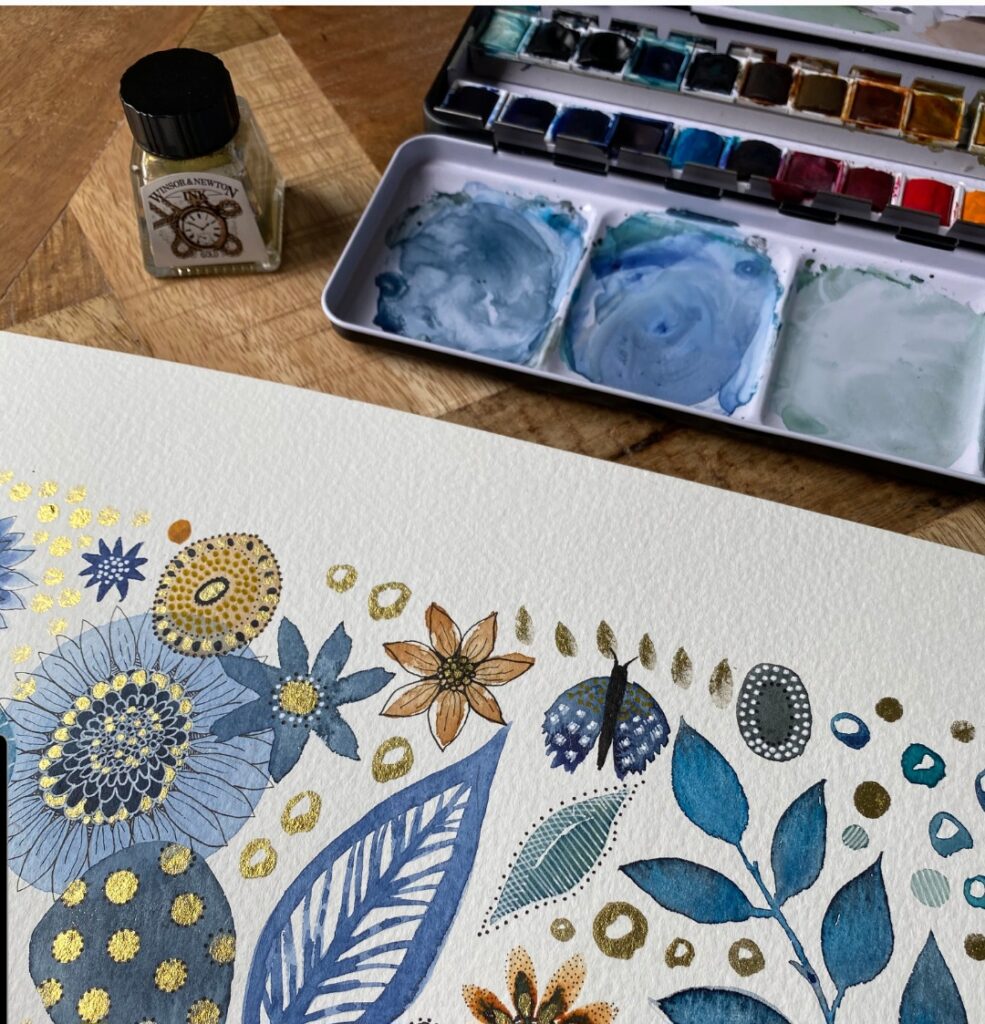Dahlia

- Common name: Dahlia
- Type: Tuberous rooted perennial
- Height and spread: 1.5 m x 0.45 m
- Aspect: Full sun
- Hardiness: Tender to frost hardy depending on variety
- Care: Easy
Want to find it at Reveley? Look in the vegetable garden, the mulberry tree beds and the long border at end of the main lawn.
A native of Mexico, this perennial will flower from mid-summer to the first frosts. Colours range from deep red and purple through the pinks to white – then there are the yellow and orange varieties… Many Dahlias, as in ‘Rebecca’s World’ pictured above, are bi-coloured. The flowers are variously described as cactus, semi-cactus, pompom, single, double, decorative, dinner plate, waterlily, anemone, peony, orchid the list goes on. Dahlias work well in an herbaceous border, are excellent cut flowers and container plants, the large flowered varieties make striking specimen plants, and are great for the bench at the annual horticultural show.
Dahlias are reasonably easy to grow. Tubers should be planted to a depth of 10-15 cm, in fertile well drained soil in full sun. To over-winter, tubers will need to be lifted after the first frost has blackened the leaves. Clean off the soil and store in a cool frost free place in shallow boxes packed with dry sand or a peat free compost leaving the crown and 20 cm of stem exposed. Tubers can be brought on early in pots of compost in the greenhouse from March. Discard any part that show signs of decay. Plant out when all danger of frost is over. Alternatively, you can try leaving them in the ground, covered with up to 15 cm of mulch such as bark.
In recent years the Dahlia has had a bit of a fashion resurgence, especially as a cut flower. To encourage more flowers, pinch out the growing tips when plants reach a height of 40 cm. If you want giant blooms restrict the number of flowering stems to three to five per plant. Dead head as flowers fade and keep well-watered.
Although easy to care for, there are a few pests and diseases to look out for, number one being the slug, followed by aphids and earwigs. Powdery mildew and mosaic virus can also be a problem. Tubers must be properly dried and healthy before going into storage to avoid storage rot and checked occasionally throughout the winter for any bad tubers which must be removed. Poor flowering can be caused by overfeeding or not enough direct sunlight.









